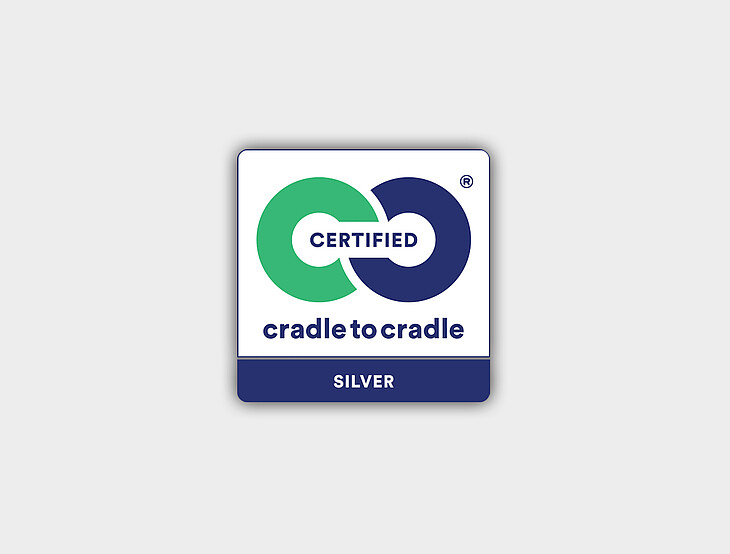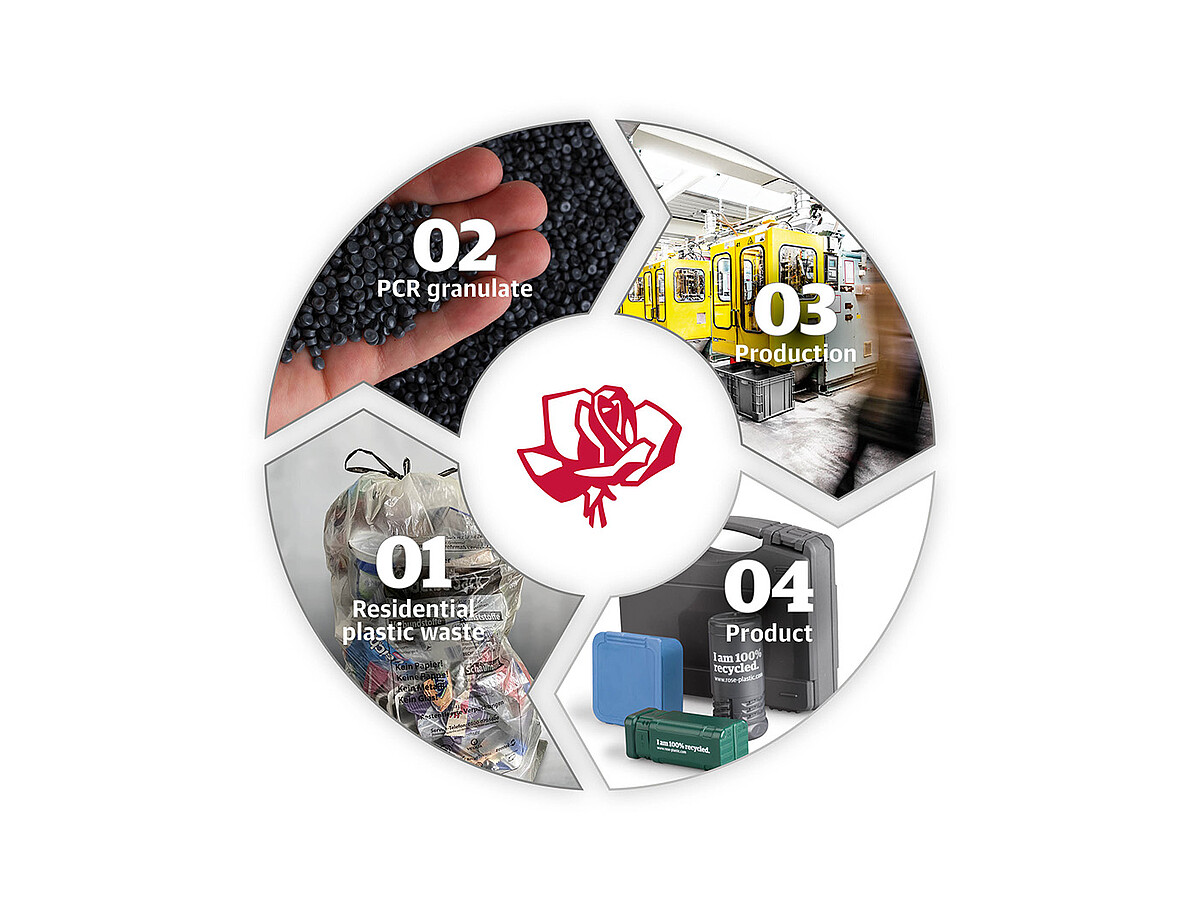What can we do even better? How can we achieve the goals we set for ourselves? When it comes to sustainability, these issues are at the top of our agenda. One way to find answers to these questions is by having our processes and products independently audited. The resulting evaluations then serve as a yardstick for our company. Ultimately, we can only improve and develop our business and our products if we know precisely where we stand.
We have successfully achieved Cradle to Cradle Certified® Silver for our protective packaging for transport, storage and organization. Cradle to Cradle Certified® is a registered trademark of the Cradle to Cradle Products Innovation Institute.
Holistically tested
Before a product can be awarded “Cradle to Cradle®” certification, it must be tested against numerous criteria in five categories:
- Health impact of materials
- Recyclability
- Renewable energy
- Responsible use of water
- Social justice
All criteria are equally weighted. However, the health impact of materials and their recyclability are a major focal point for Cradle to Cradle®. What materials does the product contain? Where and in what form can it be reused, either as a whole or as individual components?
The concept of “Cradle to Cradle®” stands in contrast to the idea of “Cradle to Grave”. The latter describes the principle of linear production, whereby raw materials are taken from nature and the resulting products end up in the trash after use.


